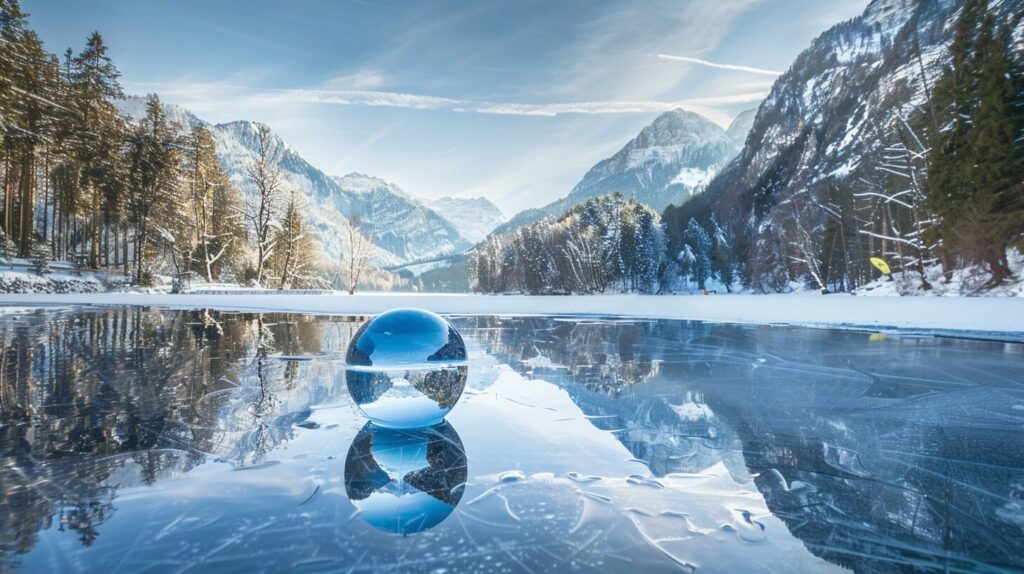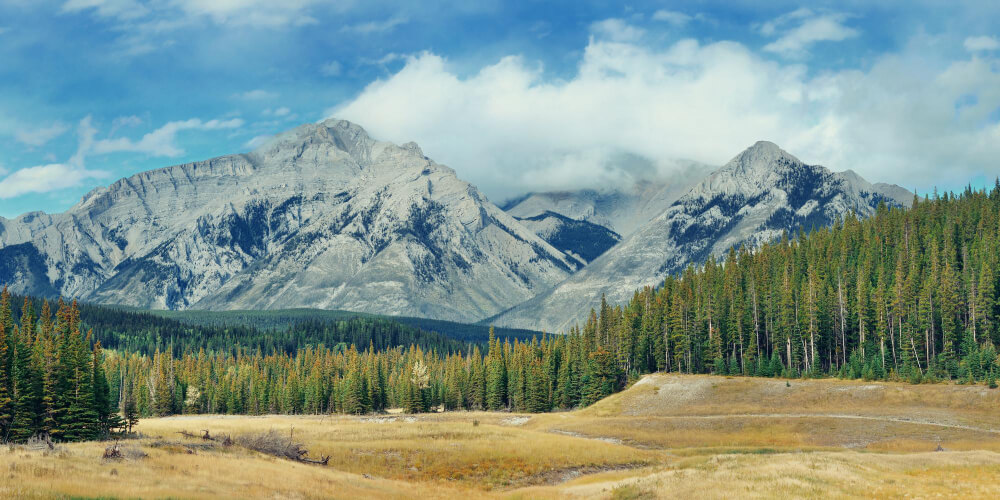Planning to tackle the Tongariro Alpine Crossing? This iconic New Zealand trek is not just a hike; it’s an adventure through a dramatic volcanic landscape, offering stunning views and a sense of accomplishment like no other.
But preparation is key. Many first-time hikers have questions like, “What should I pack?” and “How can I ensure a safe and enjoyable hike?” Let’s dive deep into the essentials you’ll need for a successful crossing, shared by experienced hikers who’ve conquered this trail time and again.
Common Questions and Concerns
Before we get into the nitty-gritty of packing, let’s address some of the most common questions and concerns that hikers have:
- What weather conditions should I expect?
- Do I need special gear or just basic hiking equipment?
- How can I stay safe and comfortable throughout the hike?
- Are there any items that are often forgotten but crucial?
These questions are crucial because the Tongariro Alpine Crossing can be unpredictable, and being well-prepared is the difference between a memorable adventure and a challenging ordeal.
Understanding the Tongariro Alpine Crossing
Trail Overview
The Tongariro Alpine Crossing is a 19.4 km (about 12 miles) trek through the Tongariro National Park.
It’s known for its stunning landscapes, including volcanic craters, emerald lakes, and panoramic views.
The hike typically takes between 6 to 8 hours to complete, depending on your pace and the weather conditions.
Weather Conditions
The weather on the Tongariro Alpine Crossing can be highly variable. Even during the summer months, temperatures can fluctuate dramatically.
You might start the hike in sunny, warm conditions and face cold winds, rain, or even snow at higher elevations.
This unpredictability makes it essential to pack appropriately.
Safety Considerations
Safety is paramount on the Tongariro Alpine Crossing. The Department of Conservation (DOC) provides regular updates on trail conditions and weather forecasts.
Always check these before you set out.
Ensure you have a plan in place, know the exit points, and inform someone about your hiking plans.
Packing Essentials for the Tongariro Alpine Crossing
Now, let’s break down the essential gear you need to pack for a successful and safe hike.
Clothing and Footwear
Layered Clothing
The key to dressing for the Tongariro Alpine Crossing is layering.
This approach allows you to adjust your clothing as the weather changes.
Base Layer: Start with a moisture-wicking base layer. Materials like merino wool or synthetic fabrics are excellent because they draw sweat away from your body, keeping you dry.
Middle Layer: Add a warm middle layer such as a fleece or down jacket. This layer provides insulation and retains body heat.
Outer Layer: A waterproof and windproof outer layer is crucial. Look for jackets and pants made from Gore-Tex or similar materials. These will protect you from rain and wind without causing you to overheat.
Sturdy Hiking Boots
The terrain is rugged and uneven, so comfortable, well-broken-in hiking boots with good ankle support are a must. Opt for boots with a solid grip to handle the varying surfaces you’ll encounter.
Personal Story: I once saw a fellow hiker struggle with blisters because they wore new boots. Don’t make that mistake! Break in your boots well before your hike.
Warm Hat and Gloves
Even in summer, it can get chilly at higher altitudes. Pack lightweight gloves and a hat that can easily fit in your pockets.
Tip: A beanie or headband can keep your ears warm without taking up much space in your pack.
Socks
Choose moisture-wicking socks, and consider bringing an extra pair. Wet feet can lead to blisters and discomfort.
Advice: I always pack an extra pair of socks in a ziplock bag. There’s nothing like putting on dry socks halfway through the hike.
Safety Gear
- Map and Compass or GPS Device
While the trail is well-marked, it’s always good to have a backup. A map and compass or a GPS device can be lifesavers if you get off track.
Relatable Example: On a foggy day, my GPS was invaluable in keeping us on track when the trail markers were hard to see. - First Aid Kit
Include bandages, antiseptic wipes, blister treatment, and any personal medications. A well-stocked first aid kit can address minor injuries and prevent them from becoming major issues.
Advice: I once helped a hiker who didn’t have a first aid kit after they took a minor fall. It’s better to be prepared. - Emergency Blanket
Lightweight and compact, but it could be a lifesaver if you get stuck in unexpected weather. These blankets reflect body heat and can keep you warm in emergencies. - Whistle
A whistle can be used to signal for help if you encounter trouble. Three short blasts are a universal distress signal.
Food and Hydration
- High-Energy Snacks
Bring items like nuts, dried fruit, and energy bars to keep your energy levels up. These snacks are lightweight, easy to carry, and provide a quick energy boost.
Personal Tip: I always pack a couple of chocolate bars as a treat for the summit. They provide an instant morale boost and quick energy. - Water
At least 2 litres per person is recommended. There are no reliable water sources along the trail, so it’s crucial to carry enough.
Story: On my first hike, I underestimated my water needs and felt dehydrated by the end. Now, I always carry a bit extra. - Electrolyte Tablets
Helps replenish lost salts and prevent cramps. These are especially useful on hot days when you’re sweating a lot.

Miscellaneous Items
- Sunscreen and Sunglasses
Even on cloudy days, UV rays can be strong at higher altitudes. Protect your skin and eyes with high-SPF sunscreen and good quality sunglasses.
Example: I got a sunburn on an overcast day because I skipped the sunscreen. Never again! - Headlamp or Flashlight
In case your hike takes longer than expected. A headlamp is preferable because it leaves your hands free.
Relatable Moment: My group finished after sunset once, and we were grateful for our headlamps. - Lightweight Backpack
To carry all your essentials comfortably. Look for one with a good waist strap for better weight distribution and multiple compartments for organisation.
Advice: Make sure it has a rain cover or pack a separate rain cover to keep your gear dry in case of rain. - Trekking Poles
These can help with balance and reduce strain on your knees, especially on the steep sections of the trail.
Tip: Adjustable trekking poles are great because you can shorten them for uphill climbs and lengthen them for descents.
Personal Care Items
- Toilet Paper and Trowel
There are a few toilets along the trail, but it’s always good to have your own supply of toilet paper. A small trowel can be useful if you need to dig a hole for waste. - Hand Sanitizer
Keep your hands clean, especially before eating. Hand sanitizer is lightweight and easy to carry. - Lip Balm with SPF
Protect your lips from becoming chapped and sunburned. A lip balm with SPF will keep your lips moisturized and protected.
Weather-Specific Gear
- Rain Pants
If the forecast calls for rain, rain pants can keep you dry and comfortable. They are lightweight and can be packed away easily when not needed. - Gaiters
These can help keep dirt, rocks, and snow out of your boots, making your hike more comfortable.
Example: On a particularly muddy hike, my gaiters saved my boots from getting completely soaked and dirty. - Windproof Gloves
Regular gloves might not cut it if it gets very windy. Windproof gloves can keep your hands warm and functional.
Extra Tips for a Great Hike
- Start Early
Begin your hike early in the morning to avoid crowds and to ensure you have plenty of daylight to complete the trail.
Advice: I usually aim to start around 6 AM. This gives me plenty of time to enjoy the scenery and take breaks without rushing. - Check the Weather
Always check the weather forecast before heading out. The DOC website provides up-to-date weather conditions and any trail warnings. - Know Your Limits
The Tongariro Alpine Crossing is challenging. Know your fitness level and don’t push yourself beyond your limits. It’s okay to turn back if conditions become too difficult. - Buddy System
Hiking with a buddy can enhance safety. If you’re hiking solo, consider joining a group or informing someone about your plans and expected return time. - Stay on the Trail
Stick to marked trails to protect the fragile environment and for your own safety. The volcanic terrain can be unstable and dangerous off-trail. - Respect the Environment
Carry out all your rubbish, respect wildlife, and leave no trace. The Tongariro Alpine Crossing is a World Heritage site, and preserving its beauty is everyone’s responsibility.
Conclusion
Preparation is the key to a successful hike on the Tongariro Alpine Crossing.
By packing the right gear, dressing appropriately, and understanding the trail conditions, you’ll be set for an unforgettable adventure.
Remember to stay safe, respect the environment, and enjoy every moment of your journey.
Happy hiking!
